The Sony Xperia 1 III was introduced to the market in August 2021. As Sony’s latest flagship device, it comes packed with high-end goodies, including a multi-cam module with Zeiss optics. Let’s see how well it did in our comprehensive Display protocol testing.
Key display specifications:
- 6.5-inch OLED display
- 165 x 71 x 8.2 mm (6.50 x 2.80 x 0.32 inches)
- Resolution: 1644 x 3840 (643 ppi)
- Aspect ratio: 21:9
- Refresh rate: 120 Hz
- Qualcomm Snapdragon 888 5G chipset
About DXOMARK Display tests: For scoring and analysis in our smartphone and other display reviews, DXOMARK engineers perform a variety of objective and perceptual tests under controlled lab and real-life conditions. This article highlights the most important results of our testing. Note that we evaluate display attributes using only the device’s built-in display hardware and its still image (gallery) and video apps at their default settings. (For in-depth information about how we evaluate smartphone and other displays, check out our articles, “How DXOMARK tests display quality” and “A closer look at DXOMARK Display testing.”)
Test summary
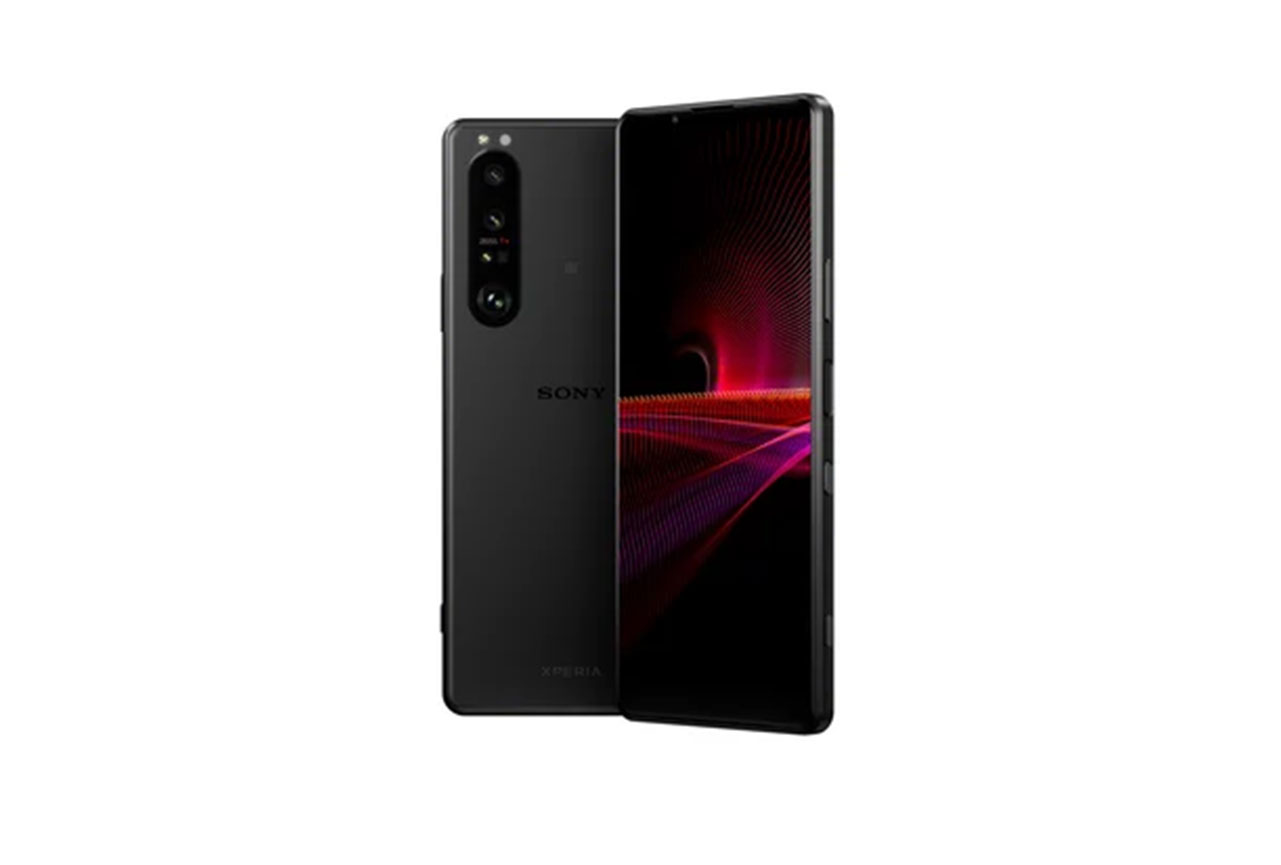 Sony Xperia 1 III
Sony Xperia 1 III

86
display
61
Apple iPhone 13 Pro Max
Best: Apple iPhone 13 Pro Max (76)
87
Sony Xperia 5 IV
Best: Sony Xperia 5 IV (92)
80
Samsung Galaxy S22 Ultra (Snapdragon)
Best: Samsung Galaxy S22 Ultra (Snapdragon) (91)
72
Huawei P40 Pro
Best: Huawei P40 Pro (87)
76
OnePlus 9
Best: OnePlus 9 (85)
82
Apple iPhone 13 Pro Max
Best: Apple iPhone 13 Pro Max (86)
Position in Global Ranking

48
th
1. Apple iPhone 13 Pro Max
99
6. Samsung Galaxy S22+ (Exynos)
93
6. Samsung Galaxy S22 Ultra (Snapdragon)
93
6. Samsung Galaxy S22 Ultra (Exynos)
93
11. Samsung Galaxy S22 (Snapdragon)
92
11. Samsung Galaxy S22 (Exynos)
92
13. Samsung Galaxy S21 Ultra 5G (Exynos)
91
16. Samsung Galaxy S21 FE 5G (Snapdragon)
90
16. Samsung Galaxy Note20 Ultra 5G (Snapdragon)
90
23. Samsung Galaxy Z Fold3 5G
89
23. Samsung Galaxy Z Flip3 5G
89
23. Samsung Galaxy Note20 Ultra 5G (Exynos)
89
31. Apple iPhone 12 Pro Max
88
31. Vivo X70 Pro (MediaTek)
88
31. Vivo X60 Pro 5G (Snapdragon)
88
39. Samsung Galaxy S20 Ultra 5G
87
48. Apple iPhone SE (2022)
86
48. Oppo Reno6 Pro 5G (Snapdragon)
86
58. Apple iPhone 11 Pro Max
84
71. Samsung Galaxy A52s 5G
79
71. Samsung Galaxy A52 5G
79
71. Xiaomi Redmi K50 Gaming
79
81. Samsung Galaxy A53 5G
77
85. Microsoft Surface Duo
74
95. Xiaomi Black Shark 3 Pro
61
97. Lenovo Legion Phone 2 Pro
53
Position in Ultra-Premium Ranking

29
th
1. Apple iPhone 13 Pro Max
99
6. Samsung Galaxy S22+ (Exynos)
93
6. Samsung Galaxy S22 Ultra (Snapdragon)
93
6. Samsung Galaxy S22 Ultra (Exynos)
93
10. Samsung Galaxy S21 Ultra 5G (Exynos)
91
13. Samsung Galaxy Note20 Ultra 5G (Snapdragon)
90
17. Samsung Galaxy Z Fold3 5G
89
17. Samsung Galaxy Z Flip3 5G
89
17. Samsung Galaxy Note20 Ultra 5G (Exynos)
89
22. Apple iPhone 12 Pro Max
88
26. Samsung Galaxy S20 Ultra 5G
87
32. Apple iPhone 11 Pro Max
84
35. Microsoft Surface Duo
74
38. Xiaomi Black Shark 3 Pro
61
Pros
- Colors are accurate, especially in low light and indoors.
- Gaming experience is quite pleasant.
- The device is very uniform over the whole screen.
Cons
- The device is not very readable under sunlight.
- The device has a strong greenish shift when viewed at angle.
- The video experience is impacted by a slight green cast, imprecise tone mapping, and frequent frame drops.
While it has no truly standout display attributes, the Sony Xperia 1 III display achieves solid results across the board, with few weak points.
Brightness vs Contrast comparison (0 Lux)
Brightness vs Contrast comparison (30 000 Lux)
Readability is too bright in low light (see the first graph above), but as shown in the second graph above, readability under sunlight is quite low, with dark details lost. However, the Xperia 1 III has good readability indoors (see the illustration below). Transitions are smooth overall, but the device can be slow to react when moving from bright to dark environments. The Sony device has good uniformity across the screen, albeit with a slight brightness gradient from top to bottom.
Readability indoors, from left to right: Sony Xperia 1 III, Samsung Galaxy S21 Ultra 5G (Snapdragon), Xiaomi Mi 11 Ultra
(Photo credit: DXOMARK; for illustration only)
For color, a very slight orange cast is visible on most content indoors; outdoors, there is a greenish cast. But colors are quite faithful overall despite slightly low saturation, as shown below:
Color rendering indoors, clockwise from top left: Sony Xperia 1 III, Samsung Galaxy S21 Ultra 5G (Snapdragon), Xiaomi Mi 11 Ultra
(Photo credit: DXOMARK; for illustration only)
The Sony device has good color reproduction fidelity, as shown in the left-hand chart of measurements taken at 0 lux in the sRGB color space. The center of each circle is the target color; the further the tip of the arrow is outside of the circle, the more users will notice the difference between the color on the display and the original color of the source material.
The scatter chart on the right, which illustrates the white point color shift when holding the Sony Xperia 1 III at different angles, clearly shows its strong tendency towards green.
Sony Xperia 1 III, color fidelity at 0 lux in the sRGB color space
Sony Xperia 1 III, scatter graph of white point on angle
The photos below illustrate the measured results, with the Sony device showing a strong shift to green when viewed at an angle:
Color when held on axis (top) and when held at a 45° angle (bottom), from left to right: Sony Xperia 1 III, Samsung Galaxy S21 Ultra 5G (Snapdragon), Xiaomi Mi 11 Ultra
(Photo credit: DXOMARK; for illustration only)
The Xperia 1 III’s brightness is acceptable when watching video content. Mid-tone contrast is also acceptable, but dark details are lost when watching HDR10 content. While colors are generally accurate, they are slightly desaturated, and a slight greenish cast is noticeable on skin tones, but especially in the sky.
Video contrast, clockwise from left: Sony Xperia 1 III, Samsung Galaxy S21 Ultra 5G (Snapdragon), Xiaomi Mi 11 Ultra.
(Photo credit: DXOMARK; for illustration only)
Per the illustration below, the Sony device shows frequent frame drops at 30 and 60 fps; nevertheless, it is quite smooth when playing video games, and content appears sharp. When jumping forward or backward in a video, the Xperia 1 III sometimes pauses before resuming playback.
Sony Xperia 1 III, frame drops at 30 fps
Sony Xperia 1 III, frame drops at 60 fps
Touch on the Sony Xperia 1 III is quite accurate. When gaming, every area of the screen is responsive, and the general accuracy is good. It is quite smooth in all use cases such as browsing the web, scrolling in the gallery app, and playing video games.
The device manages ghost touches well in both portrait and landscape modes. Judder is noticeable at 24 fps; but while no judder is noticeable at 30 and 60 fps, frame drops and stutters are visible at all frame rates. Despite some aliasing, the Sony Xperia 1 III nonetheless provides a pleasant gaming experience.
 Sony Xperia 1 III
Sony Xperia 1 III


 48th
48th
 29th
29th

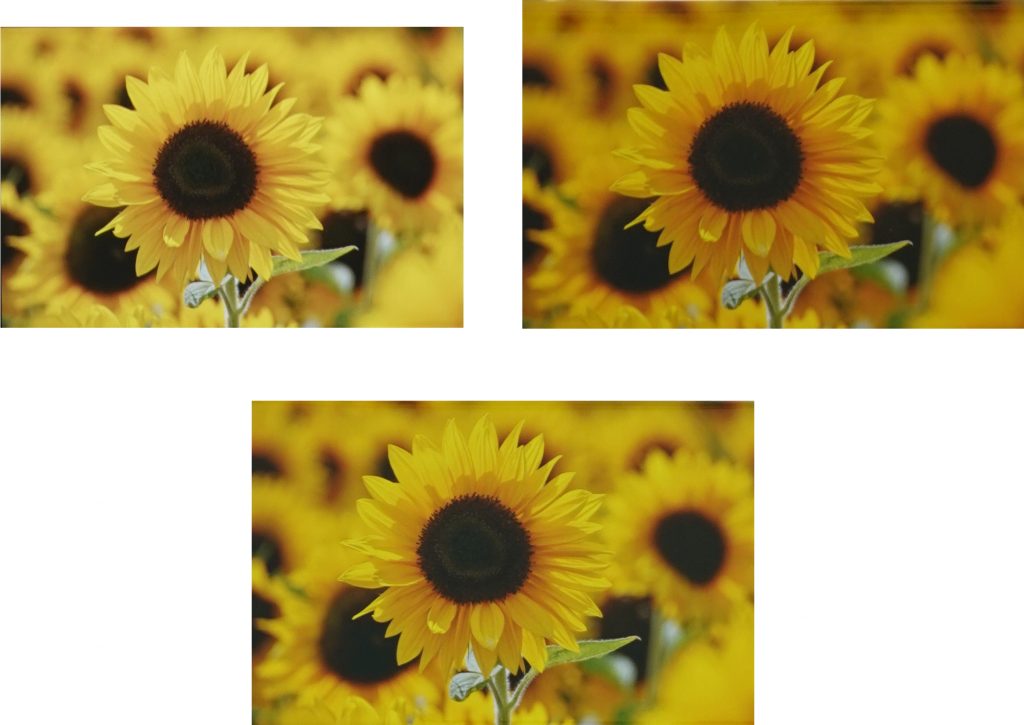
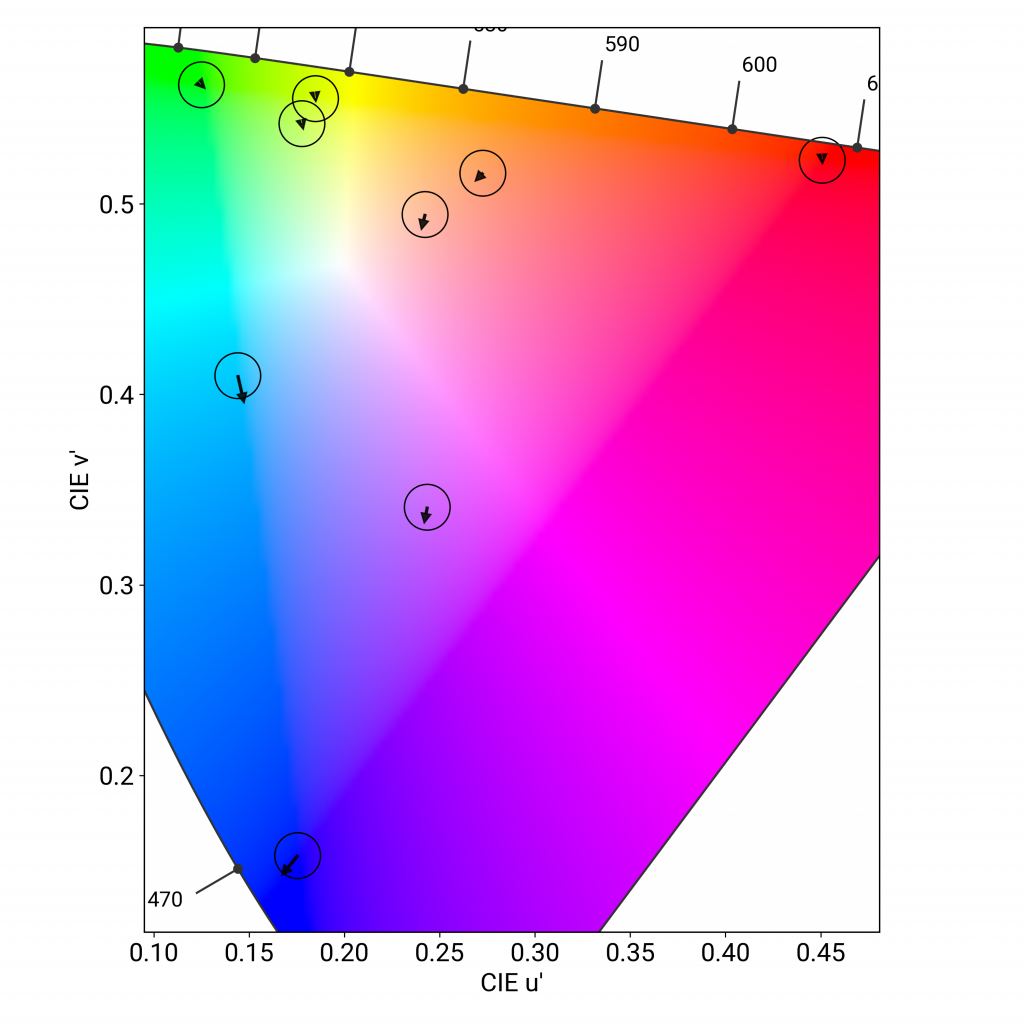
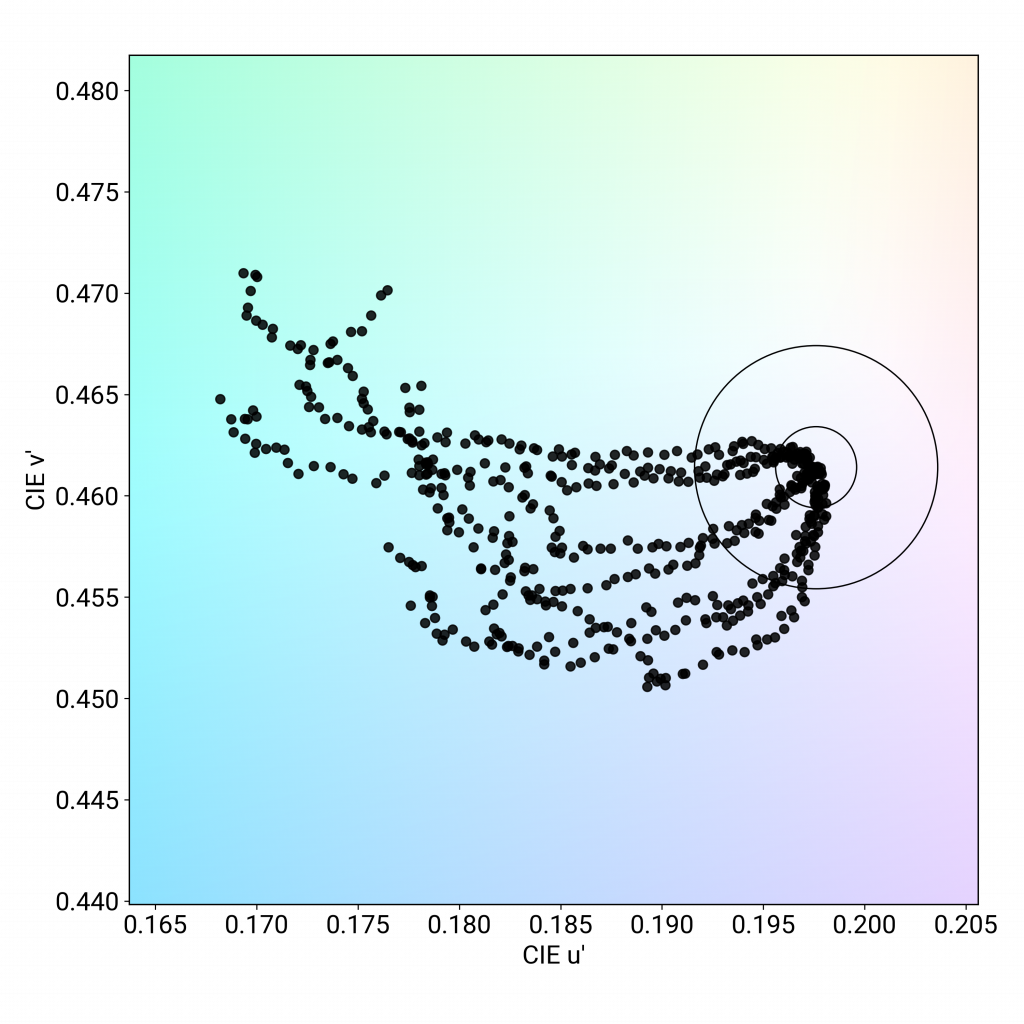
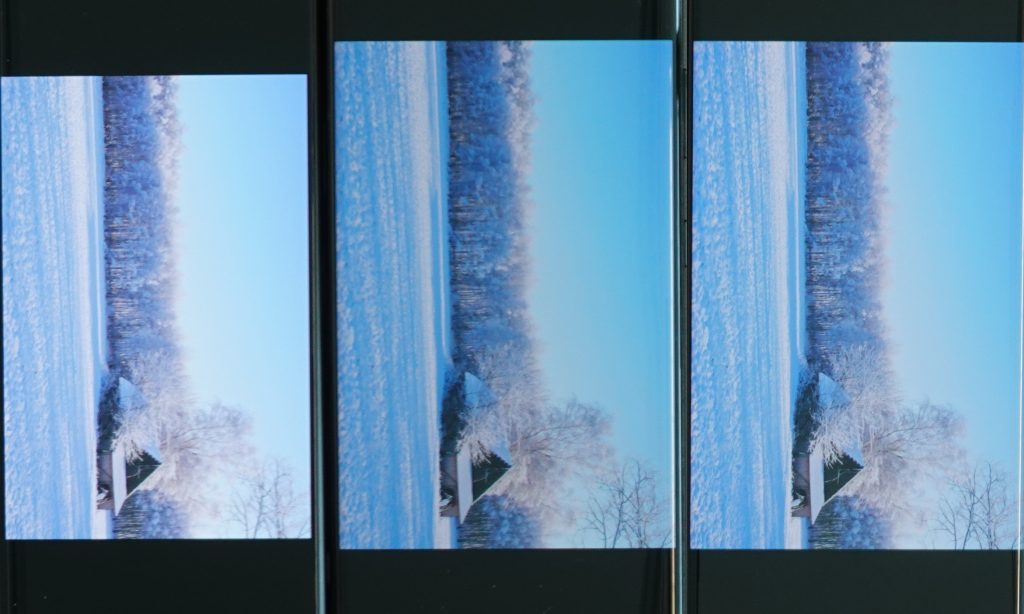

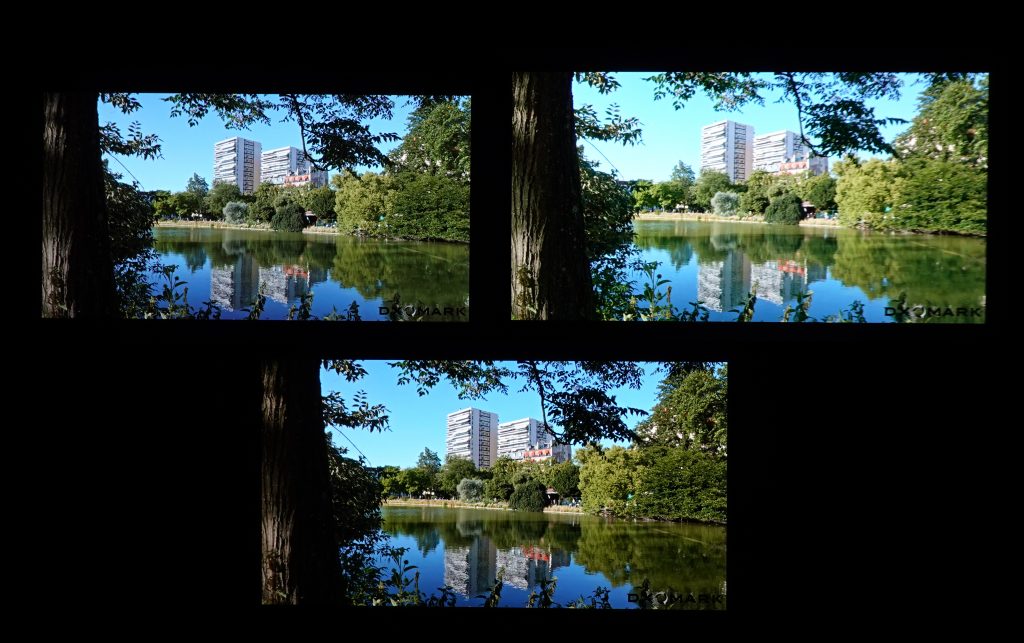




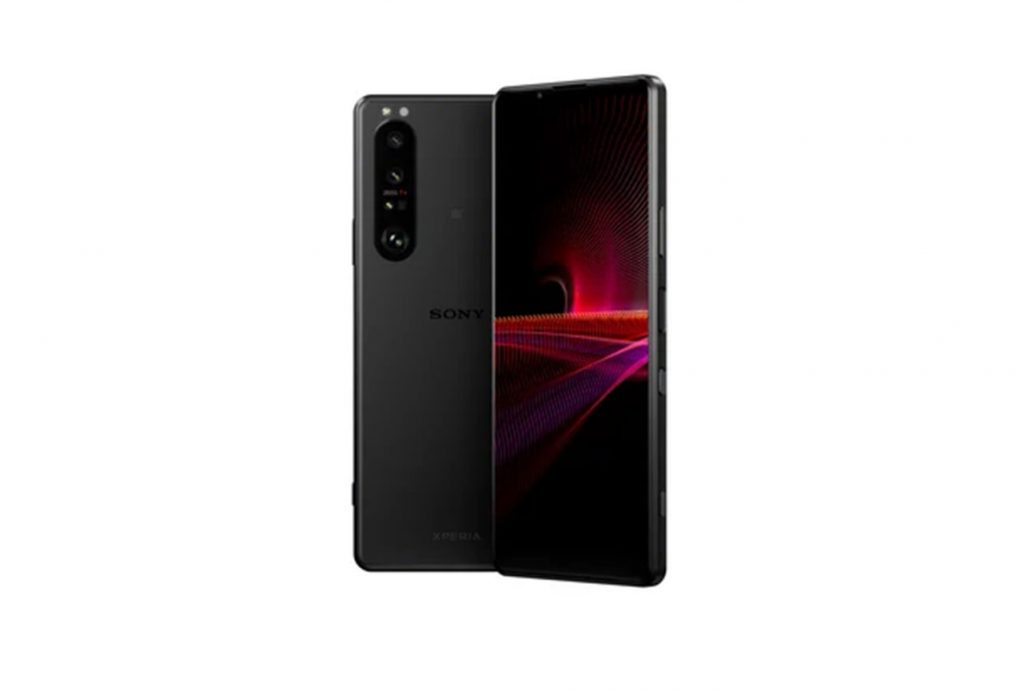

DXOMARK encourages its readers to share comments on the articles. To read or post comments, Disqus cookies are required. Change your Cookies Preferences and read more about our Comment Policy.